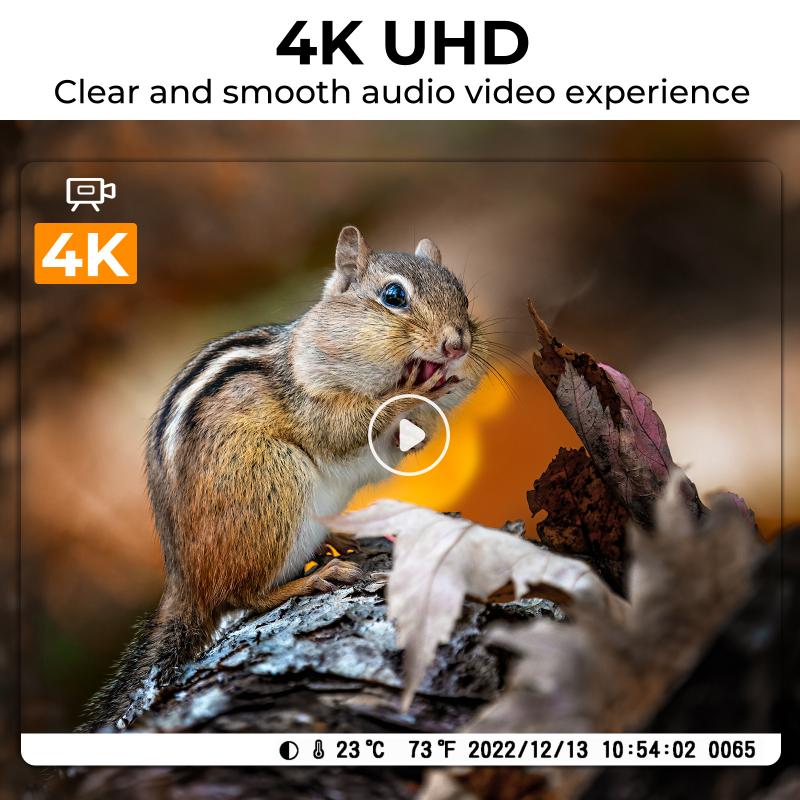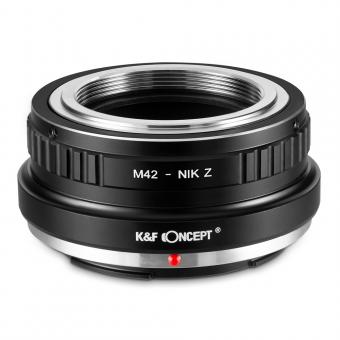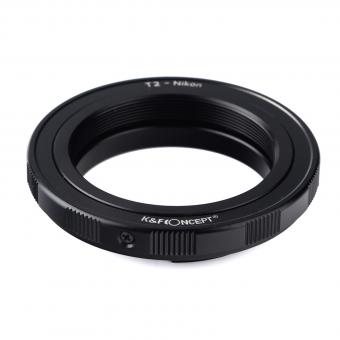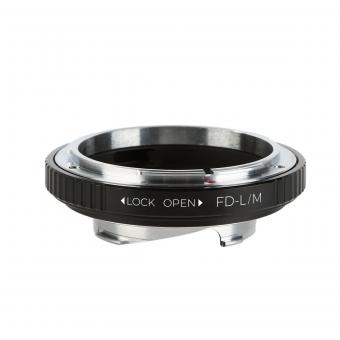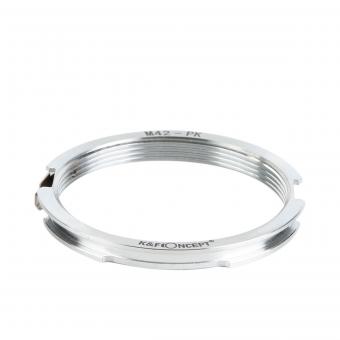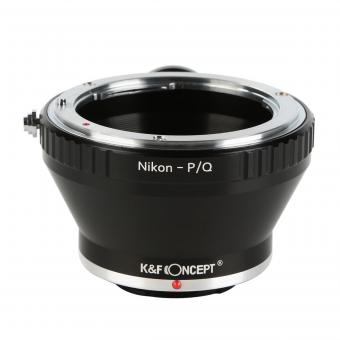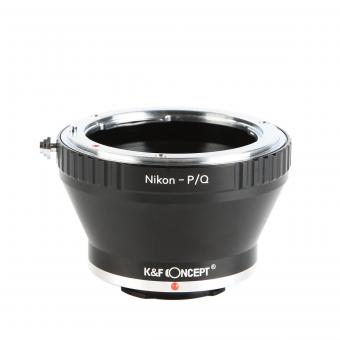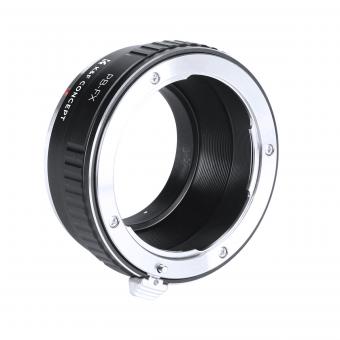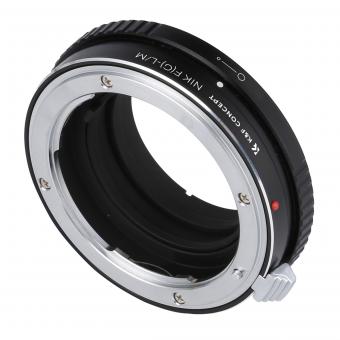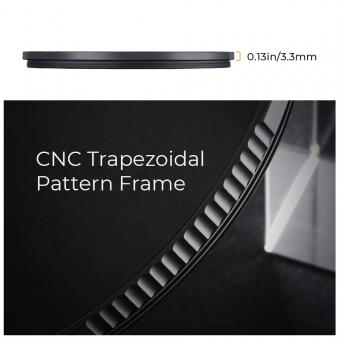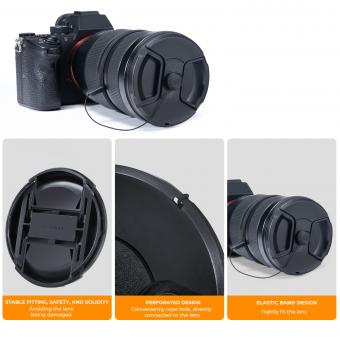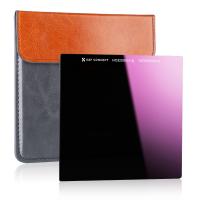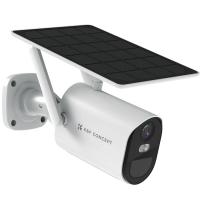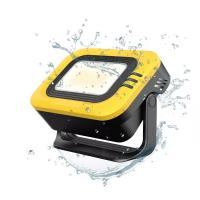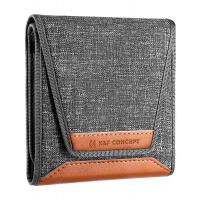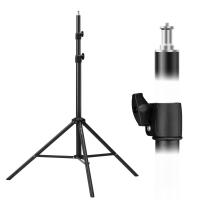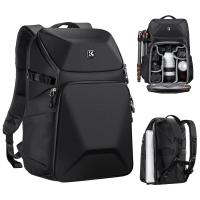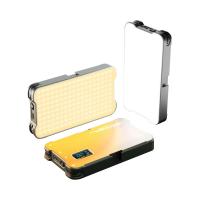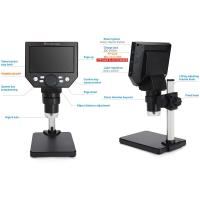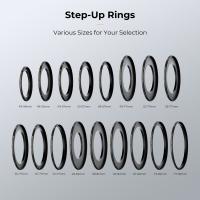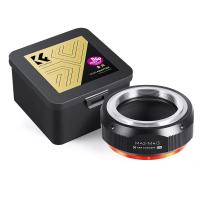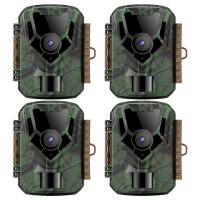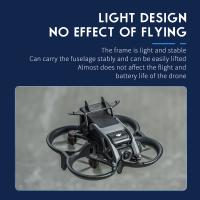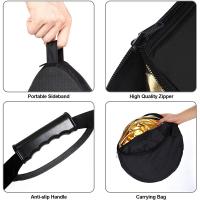What Is A Camera Rig ?
A camera rig is a device used to support and stabilize a camera during filming. It typically consists of a frame or platform that holds the camera and various accessories, such as a follow focus, matte box, and external monitor. Camera rigs can be handheld, shoulder-mounted, or mounted on a tripod or other support system. They are commonly used in filmmaking, documentary production, and other video projects to achieve smooth and steady shots, reduce camera shake, and improve overall image quality. Camera rigs can also be customized with additional components to suit specific shooting needs, such as a motorized gimbal for smooth movement or a wireless transmitter for remote control.
1、 Definition of Camera Rig
Definition of Camera Rig:
A camera rig is a device or a set of devices that are used to support and stabilize a camera during filming. It is designed to provide a stable platform for the camera, allowing the filmmaker to capture smooth and steady shots. Camera rigs can be used for a variety of purposes, including handheld filming, tracking shots, and aerial filming.
Camera rigs can be made up of a variety of components, including tripods, stabilizers, gimbals, and cranes. These components work together to provide a stable and smooth filming experience. The type of camera rig used will depend on the specific needs of the filmmaker and the type of shot they are trying to capture.
In recent years, camera rigs have become increasingly popular among filmmakers and videographers. With the rise of digital filmmaking and the availability of affordable camera equipment, more and more filmmakers are turning to camera rigs to help them capture high-quality footage.
Overall, a camera rig is an essential tool for any filmmaker or videographer looking to capture smooth and stable footage. Whether you are shooting a feature film or a YouTube video, a camera rig can help you achieve the professional look and feel that you are after.
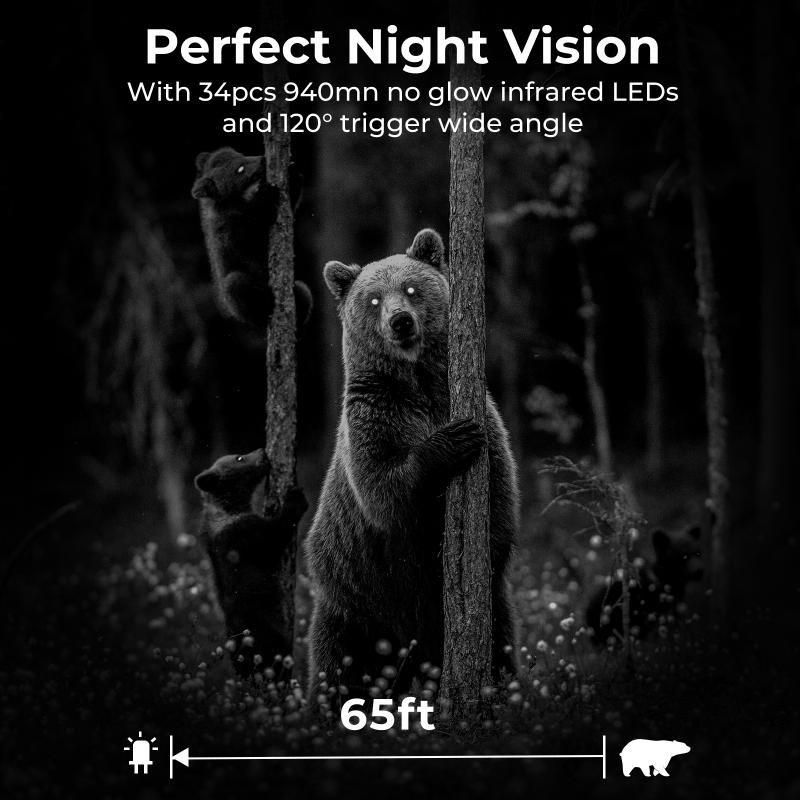
2、 Types of Camera Rigs
What is a camera rig?
A camera rig is a device that is used to support and stabilize a camera during filming. It is designed to provide a stable platform for the camera, which helps to reduce camera shake and produce smoother footage. Camera rigs come in a variety of shapes and sizes, and can be customized to suit the needs of the filmmaker.
Types of Camera Rigs:
1. Shoulder Rig: A shoulder rig is a popular type of camera rig that is designed to be worn on the filmmaker's shoulder. It consists of a support system that attaches to the camera and a shoulder pad that rests on the filmmaker's shoulder. This type of rig is ideal for handheld shooting, as it provides stability and support for the camera.
2. Tripod: A tripod is a three-legged stand that is used to support a camera. It is a popular type of camera rig that is used for stationary shots. Tripods come in a variety of sizes and can be adjusted to different heights.
3. Steadicam: A Steadicam is a type of camera rig that is designed to provide smooth, stable footage while the camera is in motion. It consists of a support system that attaches to the camera and a vest that the filmmaker wears. The Steadicam allows the filmmaker to move the camera around while keeping it stable.
4. Crane: A crane is a type of camera rig that is used to provide high-angle shots. It consists of a long arm that is attached to a tripod and a camera mount at the end of the arm. The crane allows the filmmaker to move the camera up and down while keeping it stable.
5. Drone: A drone is a type of camera rig that is used to capture aerial footage. It consists of a remote-controlled aircraft that is equipped with a camera. Drones are becoming increasingly popular for filmmaking, as they allow filmmakers to capture unique perspectives and angles.
In conclusion, camera rigs are essential tools for filmmakers to capture high-quality footage. With the advancement of technology, new types of camera rigs are being developed to meet the changing needs of the industry.

3、 Components of Camera Rigs
What is a camera rig?
A camera rig is a device that is used to support and stabilize a camera during filming. It is designed to provide a stable platform for the camera, which helps to reduce camera shake and improve the overall quality of the footage. Camera rigs come in a variety of shapes and sizes, and can be customized to suit the specific needs of the filmmaker.
Components of Camera Rigs:
1. Camera Mount: The camera mount is the part of the rig that holds the camera in place. It can be a simple plate or a more complex system that allows for adjustments in height, angle, and position.
2. Handles: Handles are used to hold and maneuver the camera rig. They can be attached to the camera mount or to other parts of the rig.
3. Rails: Rails are used to support and stabilize the camera rig. They can be attached to the camera mount or to other parts of the rig.
4. Follow Focus: A follow focus is a device that allows the filmmaker to adjust the focus of the camera while filming. It is typically attached to the rails and can be operated by a separate operator.
5. Matte Box: A matte box is a device that is used to control the amount of light that enters the camera lens. It can be attached to the rails and can be adjusted to suit the specific needs of the filmmaker.
6. Battery Pack: A battery pack is used to power the camera and other components of the rig. It can be attached to the rails or to other parts of the rig.
The latest point of view on camera rigs is that they are becoming more compact and lightweight, making them easier to transport and use in a variety of filming situations. Additionally, there is a growing trend towards using electronic stabilization systems, such as gimbals, which can provide even greater stability and control over the camera.
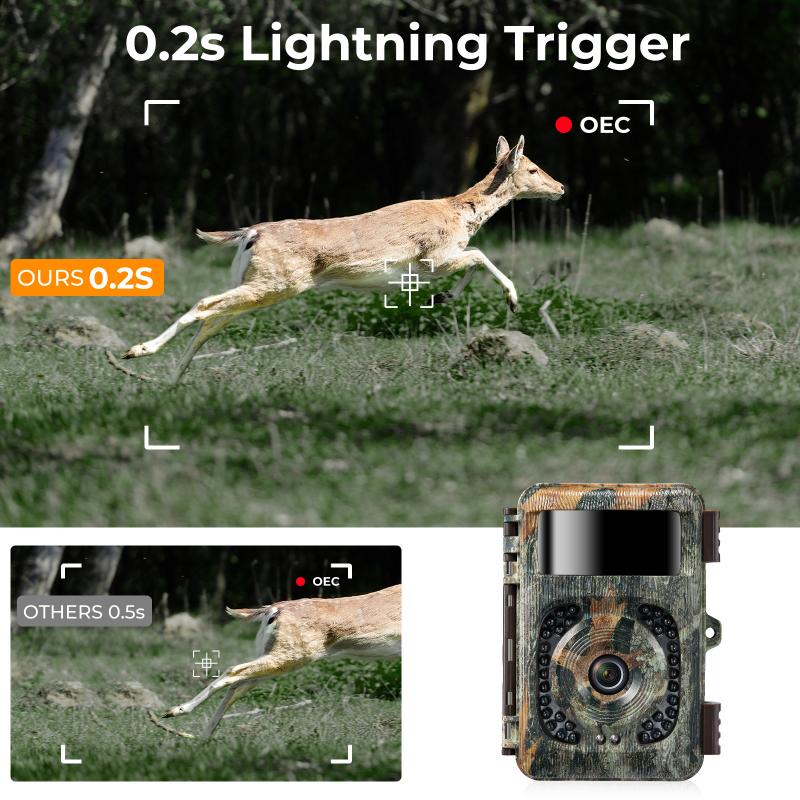
4、 Advantages of Using Camera Rigs
What is a camera rig?
A camera rig is a device that is used to support and stabilize a camera during filming. It is typically made up of various components, including a camera mount, handles, and other accessories that can be customized to suit the needs of the filmmaker. Camera rigs are commonly used in professional filmmaking, but they can also be used by amateur filmmakers who want to improve the quality of their videos.
Advantages of Using Camera Rigs
There are several advantages to using camera rigs when filming. Firstly, camera rigs provide stability and support to the camera, which can help to reduce camera shake and produce smoother footage. This is particularly important when filming in challenging environments or when using heavy or bulky cameras.
Secondly, camera rigs can help to improve the ergonomics of filming. By providing handles and other accessories, camera rigs can make it easier for filmmakers to hold and operate the camera for extended periods of time. This can help to reduce fatigue and improve the overall quality of the footage.
Finally, camera rigs can be customized to suit the specific needs of the filmmaker. This means that filmmakers can choose the components that they need to achieve their desired shot, whether that be a specific type of mount, handle, or other accessory.
In recent years, camera rigs have become increasingly popular among filmmakers due to the rise of DSLR and mirrorless cameras. These cameras are smaller and lighter than traditional video cameras, which can make them more challenging to hold and operate for extended periods of time. Camera rigs provide a solution to this problem by providing stability and support to these smaller cameras.
